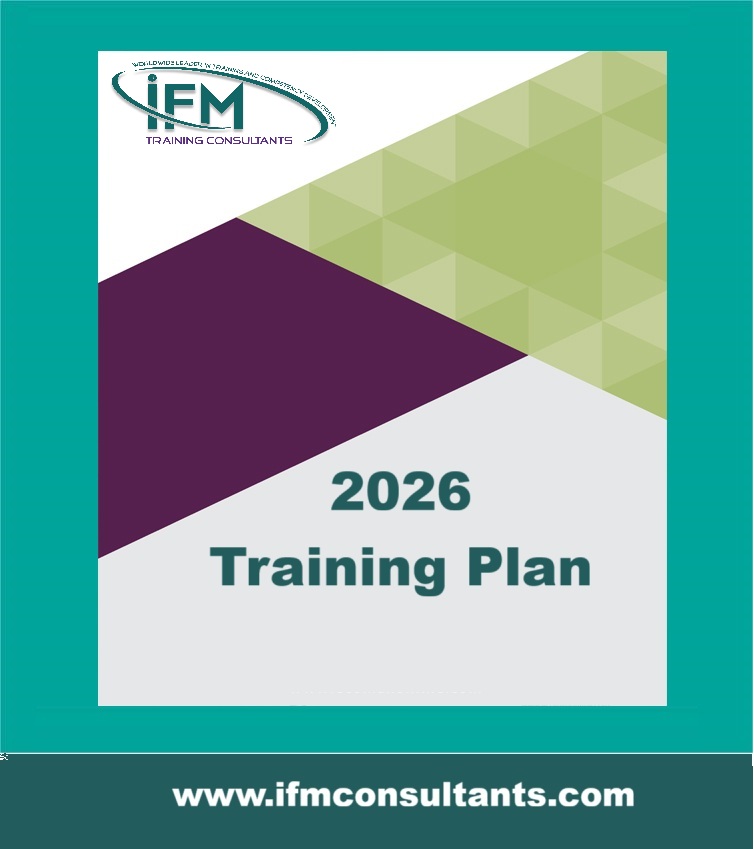Defensive Driving and First Aid on the Road
| Start Date | End Date | Venue | Fees (US $) | ||
|---|---|---|---|---|---|
| Defensive Driving and First Aid on the Road | 09 Nov 2025 | 13 Nov 2025 | Istanbul, Turkey | $ 4,500 | Register |

Defensive Driving and First Aid on the Road
| Start Date | End Date | Venue | Fees (US $) | |
|---|---|---|---|---|
| Defensive Driving and First Aid on the Road | 09 Nov 2025 | 13 Nov 2025 | Istanbul, Turkey | $ 4,500 |
Introduction
First Part: Defensive Driving
The need for Defensive Driving:
Defensive driving is essential to all organizations in order to maintain maximum safety for its employees and protect company fleet. Total loss or even less severe accidents cost a lot in terms of lives and money in addition to increasing the insurance premium. In today’s competitive markets the “zero accidents” reputation means a lot. Companies that are certified or aim to be certified for the OHSAS 18001 put defensive driving training as one of their first priorities. The defensive driving seminars conducted by EcoMan should give the participants the basics of defensive driving and will help in reducing the number of accidents.
Second Part: First Aid & CPR
This seminar aims at training people in different places, jobs, activities, age groups, and risk situations to deal with accidents in order to prevent the occurrence of deaths or chronic problems of the injured or affected personnel.
This seminar aims at training people in different places, jobs, activities, age groups, and risk situations to deal with accidents in order to prevent the occurrence of deaths or chronic problems of the injured or affected personnel.
Objectives
- Introduction
- Defensive Driving Definition
- Driver Attitude
- Drivers classification
- Professional / Aimer
- Defensive / Offensive
- Driving standards
- Accidents (real case studies):
- Road accident statistics in Egypt
- Description & cause of accidents
- Preventable accidents
- Common driving errors
- Excuses we give for accidents
- Accident - following too closely (real case study)
- Following distance rule
- Reasons for junction collisions
- Accident - drowsiness due to medication (real case study)
- Drivers fatigue
- Sleeping process
- Avoiding HEAD ON collisions
- Collision prevention formula
- Driver qualifications
- Driving tasks
- Passenger and vehicle load
- Pre-trip inspection
- Braking systems
- Vehicle maintenance
- Wheels & Tires
- Using and changing lanes
- Passing
- Negotiation curves
- Negotiation downgrades
- Parking
- Pedestrian interaction
- Emergency equipment
- Good driving skills
- Safety devices fitted to your vehicle
- Being prepared for road hazards
- Scanning
- Blind spots
- Communicating
- Distractions
- Cell phones
- Road rage prevention
- Drinking & Driving
- Driving at night Tips
- Driver obligation list
First Part: Defensive Driving
All accidents are demonstrated by drawing and videos
General causes of accidents
Accident Prevention & Driving Behaviors:
Defensive Driving skills
Multiple choice exams
Pre-trip inspection
Road Test:
Depending on the number of passengers allowed per vehicle, a road test is conducted for three or four participants per round. The total round takes two hours in which the participants drive in different conditions and are exposed to different situations. The behind the wheel participants comments on his actions to the instructor and the other participants in the vehicle. The commentary practical driving has proven to be very effective.
Training Methodology
The training methodology is interactive with group exercises and is suitable for all employees involved in functions management. The pace and level of the training workshop is customized to the understanding of the delegates. Ongoing back-up and support is available after the training on request to the supplier, and the training course is also available for in-house presentation as well as for “Competency Transfer
Who Should Attend?
- Drivers
- Supervisors
- Fleet manager
- Vehicle maintenance engineers / supervisors
Course Outline
Second Part: First Aid & CPR
Introduction
- Define first aid
- Steps followed to conduct first aid
- Rights and duties when conducting first aid
Background information
- Physiology and anatomy of different biological systems, and the vital signs (pulse, respiration, temperature, blood pressure)
Basic Life supports
- The ABC steps
- Air way obstruction handling
- CPR
- Hemorrhage
- External hemorrhage, and internal hemorrhage
Ophthalmic (eye) injuries
- Differentiate between different injuries, first aid, and prevention
Simple wounds and injuries
- Dealing with simple wounds
- cleaning and dressing
Practical training of the day
- General examination
- Vital signs
- Blood pressure measurement
- Intramuscular injection
- eye bandages
- Performing CPR
Orthopedic injuries
- Definition, types, diagnosis, first aid procedures, transporting, and ways of prevention
- Fits
- Definition, causes, first aid, and prevention of reoccurrence
Suffocation
- Definition, causes, diagnosis, first aid, danger signs, and ways of prevention
Drowning
- Definition, causes, first aid, and prevention
Burns
- Definition, causes, classification, danger signs, first aid, and prevention
Poisoning
- Definition, causes and types, first aid, danger signs, and prevention
Diarrhea
- Definitions, causes, first aid, and prevention
Animal bites
- Causes, first aid, danger signs, first aid, and prevention
Environmental emergencies
- Heat cramps, heat exhaustion, heat stroke, and exposure to cold
Comas
- Types(Diabetic and others), management
Practical applications
- Handling fractured personnel
- Splints
- Bandages
- Heimlich
- Maneuver
- Revision for CPR

















